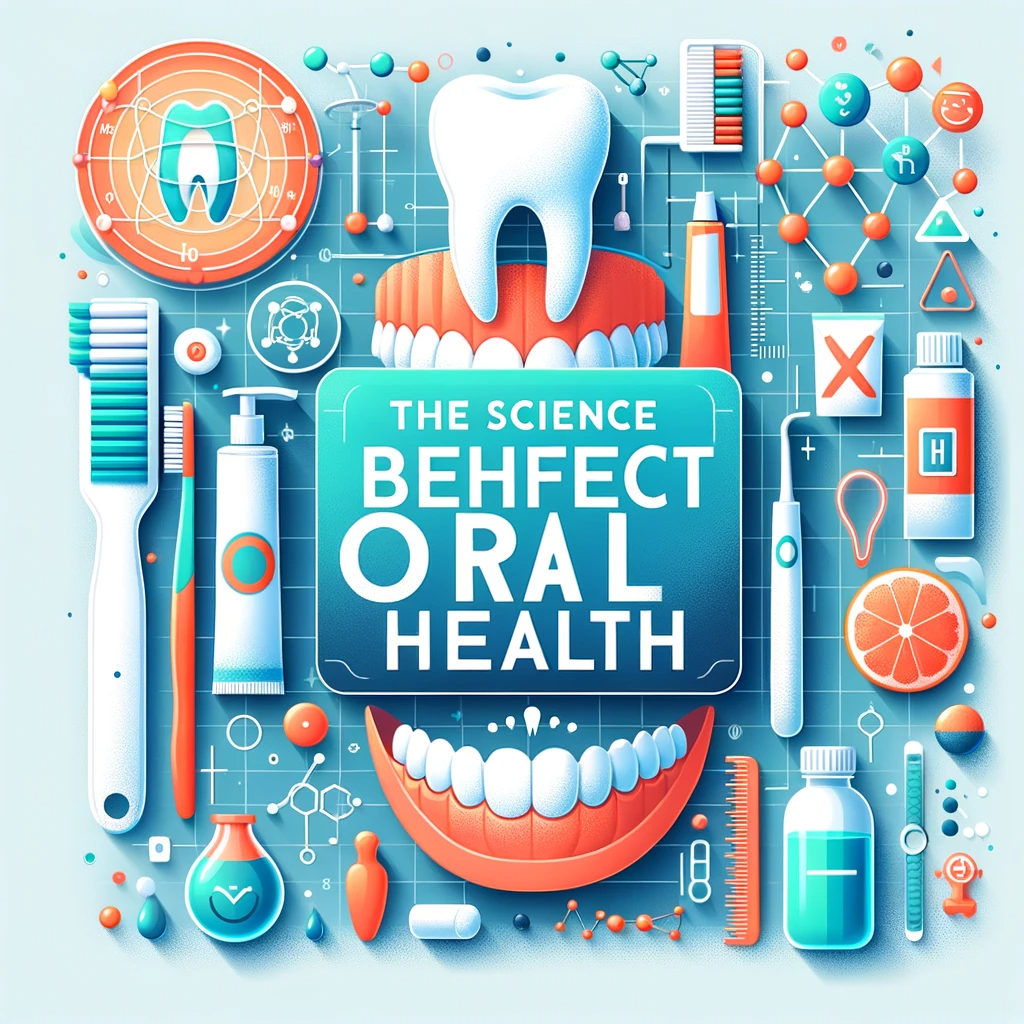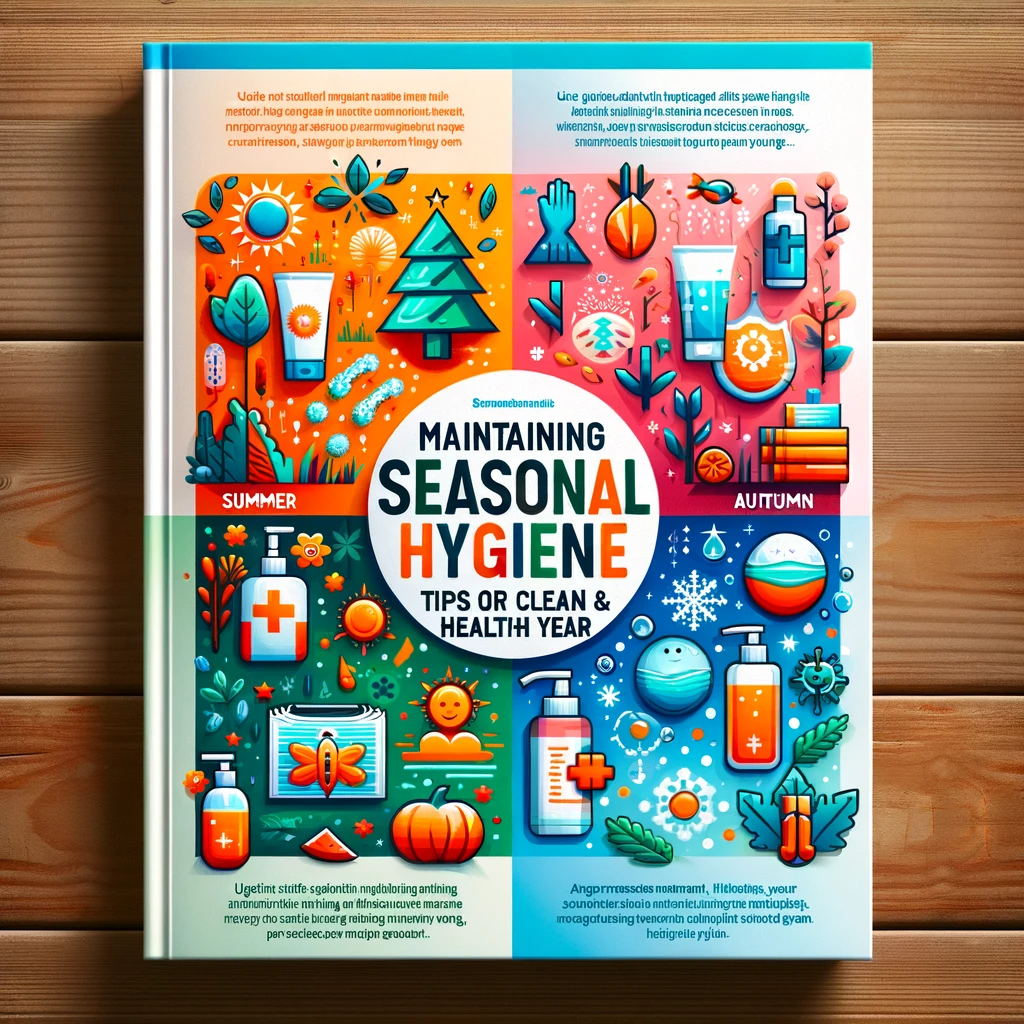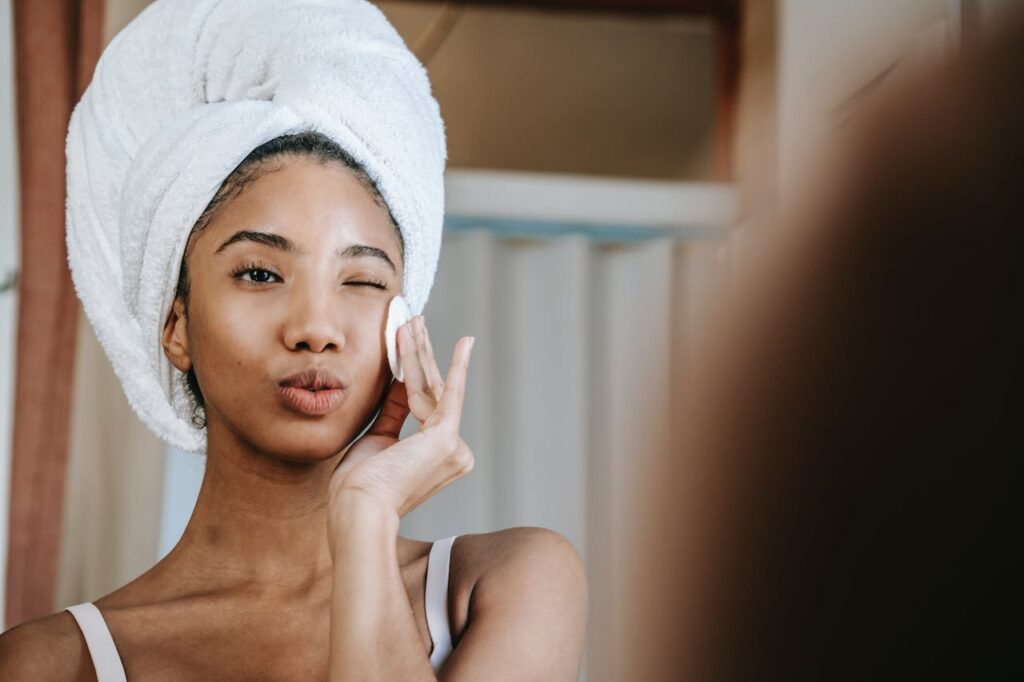Embarking on a journey of self-care and natural beauty, the world of DIY skincare offers a treasure trove of benefits for those eager to explore. Whether you’re crafting bespoke treatments for specific skin types, delving into the cost-effective realm of organic skincare, or mastering advanced formulations for maximum benefit, this comprehensive guide illuminates the path. From the basics of selecting and blending natural ingredients to understanding the science behind their effects, we dive into the art and science of homemade skincare. This guide empowers you with the knowledge to tailor skincare recipes that address individual needs, integrate them seamlessly into your daily routine, and unlock the transformative power of nature’s bounty. Embrace this journey towards radiant, healthy skin with our step-by-step guide, brimming with practical advice, innovative recipes, and insights into the holistic approach to beauty and wellness.
| Category | Tips and Tricks | Related Information |
|---|---|---|
| Ingredients | – Research ingredients thoroughly before use. | – Understanding ingredient properties is key to success. |
| – Start with a small batch to test compatibility. | – Patch testing can help identify allergies or reactions. | |
| Formulation | – Follow recipes precisely, especially ratios. | – Deviating from recipes can affect product effectiveness. |
| – Use clean utensils and containers for mixing. | – Hygiene is crucial to prevent contamination. | |
| Preservation | – Store products in a cool, dark place. | – Light and heat can degrade natural ingredients. |
| – Consider using natural preservatives like Vitamin E. | – They can extend the shelf-life of your products. | |
| Customization | – Tailor recipes to your skin type and concerns. | – DIY allows for personalized skincare solutions. |
| – Don’t be afraid to experiment with new ingredients. | – Mixing ingredients can lead to unique formulations. | |
| Safety | – Avoid using ingredients known to be allergenic. | – Research ingredient safety for your specific skin type. |
| – In case of adverse reactions, discontinue use. | – Listen to your skin and adjust your routine as needed. | |
| Routine | – Consistency is key; establish a daily skincare routine. | – Regularity can lead to better results over time. |
| – Be patient; skincare results may take time to show. | – Stick to your routine for long-term benefits. | |
| Holistic Approach | – Eat a balanced diet rich in skin-friendly nutrients. | – Nutrition plays a vital role in skin health. |
| – Stay hydrated; drink plenty of water. | – Hydration is essential for maintaining skin’s elasticity. | |
| Environmental Care | – Use sunscreen daily to protect your skin from UV damage. | – Sunscreen is a powerful anti-aging tool. |
| – Consider eco-friendly packaging for your products. | – Reducing waste aligns with natural skincare principles. | |
| Mindfulness | – Practice relaxation techniques to reduce stress. | – Stress can impact skin health negatively. |
| – Incorporate mindfulness into your skincare routine. | – Enjoy the process and embrace self-care. |
Skincare Recipes: Tailoring DIY Solutions for Different Skin Types
Understanding Your Skin Type
- Identifying Skin Characteristics: Learn how to classify your skin as dry, oily, combination, sensitive, or normal.
- Impact of Skin Type on Skincare Choices: Explore how different skin types react to various natural ingredients.
Customizing Recipes for Each Skin Type
- Dry Skin Solutions: Discover hydrating ingredients like avocado and honey that are ideal for dry skin.
- Oily Skin Balancers: Learn about astringent and oil-control ingredients such as lemon and clay for oily skin.
- Combination Skin Harmony: Find out how to strike a balance with ingredients like jojoba oil that cater to both dry and oily areas.
- Sensitive Skin Care: Focus on gentle, soothing ingredients like aloe vera and chamomile for sensitive skin types.
Practical Tips and Precautions
- Patch Testing: Importance of testing a small area of your skin before full application.
- Adjusting Recipes: Learn to tweak recipes and ratios to suit your specific skin needs.
Exploring Nature’s Bounty: Homemade Skincare Formulations
The Power of Natural Ingredients
- Benefits of Going Natural: Discuss the advantages of using natural ingredients over commercial products.
- Key Natural Ingredients: Highlight popular ingredients like coconut oil, tea tree oil, and shea butter, detailing their benefits.
Step-by-Step Skincare Recipes
- Cleansers and Toners: Share recipes for gentle cleansers and natural toners suitable for all skin types.
- Exfoliators and Masks: Provide formulas for exfoliating scrubs and nourishing face masks using ingredients like sugar, oatmeal, and yogurt.
- Moisturizers and Serums: Offer guidance on creating moisturizers and serums with essential oils and natural butters.
Consistency and Preservation
- Maintaining Product Consistency: Tips on achieving the desired texture in homemade skincare products.
- Natural Preservation Techniques: Discuss how to extend the shelf-life of DIY skincare products using natural preservatives.
The Basics of Natural Skincare: Ingredients and Their Benefits
Introduction to Skincare Ingredients
- Classification of Ingredients: Break down ingredients into categories like emollients, humectants, antioxidants, and essential oils.
- Role of Each Ingredient: Explain the function and benefits of different ingredient types in skincare.
Ingredient Selection and Sourcing
- Choosing Quality Ingredients: Advice on selecting the best quality and ethically sourced ingredients.
- Local and Seasonal Choices: Encourage the use of local and seasonal ingredients for freshness and sustainability.
Creating a Skincare Regimen
- Daily Skincare Routine: Outline a basic daily skincare routine using natural products.
- Adapting to Skin Changes: Discuss how to adjust your skincare regimen with changing seasons, age, and skin conditions.
Safety and Allergies
- Understanding Skin Reactions: Educate about potential skin reactions and allergies to natural ingredients.
- Safe Practices in DIY Skincare: Emphasize the importance of cleanliness and precision in homemade skincare preparation.
Step-by-Step Guide to Creating Your Own Skincare Products
Getting Started with DIY Skincare
- Essential Tools and Equipment: Listing basic tools like bowls, spoons, and containers needed for DIY skincare.
- Understanding Basic Formulations: An introduction to creating skincare recipes, focusing on ratios and ingredient roles.
Creating Basic Skincare Products
- Simple Cleansers: Instructions for making gentle cleansers suitable for all skin types.
- Homemade Toners: Formulas for natural toners, highlighting ingredients like rose water and witch hazel.
- Nourishing Moisturizers: Guide to crafting moisturizers using oils and butters, tailored to different skin needs.
Advanced DIY Skincare
- Serums and Specialty Treatments: Stepping into more complex recipes like serums and targeted treatments.
- Creating Emulsions: A beginner’s guide to making lotions and creams, explaining the emulsification process.
Troubleshooting and Tips
- Common DIY Challenges: Addressing typical issues like separation or unexpected reactions.
- Enhancing Your Formulations: Tips on refining recipes for better texture, scent, and efficacy.
Sensitive Skin Solutions: Gentle and Effective Skincare Recipes
Understanding Sensitive Skin
- Characteristics of Sensitive Skin: Discussing common traits and triggers for sensitive skin.
- Ingredients to Avoid: Highlighting ingredients that are commonly irritating to sensitive skin.
Soothing Skincare Recipes
- Gentle Cleansers: Sharing recipes for cleansers that are mild and soothing.
- Calming Toners and Mists: Formulating toners with ingredients like cucumber and green tea for their calming properties.
- Hydrating Moisturizers: How to create moisturizers that hydrate without causing irritation.
Special Treatments for Sensitive Skin
- Soothing Masks and Serums: Recipes for masks and serums that address sensitivity and redness.
- Anti-Inflammatory Treatments: Introducing natural anti-inflammatory ingredients like chamomile and calendula.
Skincare Routine for Sensitive Skin
- Daily Skincare Rituals: Outlining a daily skincare routine that minimizes irritation.
- Adjusting to Environmental Changes: Tips for modifying your skincare routine in different climates and seasons.
DIY Anti-Aging Skincare: Natural Recipes for Youthful Skin
The Aging Skin and Its Needs
- Understanding Aging Skin: Exploring how skin changes with age and its implications for skincare.
- Key Anti-Aging Ingredients: Identifying natural ingredients that are effective in anti-aging, like retinol (Vitamin A) and Vitamin C.
Anti-Aging Skincare Formulas
- Revitalizing Cleansers: Crafting cleansers that cleanse without stripping away moisture.
- Rejuvenating Toners and Mists: Toners that help in restoring skin’s pH balance and enhancing its glow.
- Regenerating Moisturizers and Serums: Recipes for moisturizers and serums that target fine lines, wrinkles, and skin elasticity.
Specialized Anti-Aging Treatments
- DIY Eye Creams: Formulating gentle yet effective eye creams for delicate under-eye skin.
- Exfoliants and Face Masks: Natural exfoliating recipes and masks that promote cell turnover and skin renewal.
Lifestyle and Skincare
- Holistic Approach to Anti-Aging: Emphasizing the role of diet, hydration, and sleep in maintaining youthful skin.
- Sun Protection and Skincare: Discussing the importance of sun protection as a key anti-aging skincare strategy.
Combination Skin: Balancing and Effective DIY Skincare Recipes
Understanding Combination Skin
- Characteristics of Combination Skin: Defining combination skin and its unique challenges.
- Targeted Skincare Approach: Explaining how to address both oily and dry areas effectively.
Customized Skincare for Combination Skin
- Balancing Cleansers: Recipes for cleansers that address both oiliness and dry patches.
- Toning Solutions: Creating toners that balance skin’s natural oils without over-drying.
- Hydrating Yet Light Moisturizers: How to formulate moisturizers that provide hydration without clogging pores.
Special Treatments for Combination Skin
- Zone-specific Treatments: Guidance on treating different areas of the face according to their needs.
- Masks and Exfoliants: Recipes for masks and exfoliants that cater to the varying needs of combination skin.
Building a Skincare Routine for Combination Skin
- Daily Skincare Rituals: A daily skincare routine that maintains balance and prevents extremes.
- Seasonal Adjustments: Tips on adapting the skincare routine for combination skin with changing seasons.
Organic Skincare on a Budget: Affordable Homemade Recipes
Embracing Affordable Organic Skincare
- Benefits of Organic Ingredients: Understanding the advantages of using organic ingredients in your skincare routine.
- Budget-Friendly Shopping Tips: Tips for sourcing organic ingredients economically, such as buying in bulk or choosing local products.
Simple and Cost-Effective Skincare Recipes
- Basic Organic Cleanser: A recipe for a simple, all-natural cleanser suitable for all skin types.
- Economical Toner Options: How to create organic toners using ingredients like apple cider vinegar or herbal teas.
- Moisturizers That Don’t Break the Bank: Crafting effective, hydrating moisturizers using affordable oils and butters.
Maximizing Your Skincare Budget
- Multi-Purpose Ingredients: Highlighting ingredients that can be used in multiple skincare products to save money.
- Longevity and Storage: Tips on storing your DIY products to extend their shelf life and maximize value.
Integrating Organic Skincare into Your Routine
- Transitioning to Organic Products: Guidance on gradually incorporating organic products into your skincare routine.
- Balancing Quality and Cost: Finding the right balance between quality and affordability in your skincare choices.
Enhancing Your DIY Skincare Routine for Maximum Benefits
Advanced Techniques in DIY Skincare
- Layering Products for Optimal Effect: Understanding how to layer skincare products for maximum benefit.
- Customizing Recipes for Specific Concerns: Tailoring your DIY recipes to target specific skin concerns like acne or hyperpigmentation.
Beyond the Basics: Specialized Ingredients
- Incorporating Active Ingredients: How to safely include active ingredients like AHAs, BHAs, and essential oils in your formulations.
- Exploring Exotic Oils and Butters: Discovering lesser-known oils and butters that can enhance your skincare products.
Routine Enhancement Tips
- Optimizing Application Methods: Techniques for applying products to maximize absorption and effectiveness.
- Seasonal Adjustments: Adapting your skincare routine to suit different seasons and environmental conditions.
Holistic Skincare Practices
- Diet and Hydration for Skin Health: Emphasizing the role of diet and hydration in complementing your skincare routine.
- Mindfulness and Skincare: Incorporating mindfulness and relaxation techniques to enhance the benefits of your skincare routine.
The Science Behind Natural Skincare: Understanding Ingredients and Their Effects
The Chemistry of Skincare Ingredients
- Understanding Ingredient Synergy: Exploring how different ingredients work together for enhanced effects.
- pH Levels and Skin Health: The importance of maintaining the right pH balance in skincare products.
Scientifically Proven Natural Ingredients
- Research-Backed Ingredients: Discussing natural ingredients that have been scientifically proven to be effective for skin health.
- Myths vs. Facts: Debunking common myths about natural skincare and presenting factual information.
The Role of Vitamins and Antioxidants
- Vitamins in Skincare: The benefits of vitamins such as Vitamin C, E, and A in skincare.
- Harnessing the Power of Antioxidants: Understanding how antioxidants like green tea extract can protect and rejuvenate the skin.
Evaluating Skincare Claims
- Analyzing Product Labels and Claims: How to critically evaluate the claims made by natural skincare products.
- Conducting Personal Skin Research: Encouraging self-education and informed decision-making in choosing skincare ingredients.
Final Thoughts:
In your journey through the world of DIY natural skincare, you’ve embarked on a path to self-care, self-expression, and self-love. From identifying your unique skin type and crafting custom solutions to embracing affordable organic skincare and delving into advanced formulations, you’ve gained the knowledge to nurture your skin naturally. By understanding the science behind natural ingredients and their effects, you’ve become an empowered advocate for your own skincare journey. Remember, true beauty goes beyond the surface; it’s about confidence, self-awareness, and embracing your unique essence. As you integrate these insights and recipes into your daily routine, you’re not just nurturing your skin; you’re nourishing your well-being. Here’s to radiant, healthy skin and the radiant, healthy you.
FAQs
Q1: Is DIY natural skincare suitable for all skin types?
A1: Yes, DIY natural skincare can be tailored to suit all skin types. Whether you have dry, oily, sensitive, or combination skin, there are recipes and ingredients that can be customized to address your specific needs.
Q2: Are homemade skincare products as effective as commercial ones?
A2: Homemade skincare products can be highly effective, especially when formulated with high-quality natural ingredients. They allow you to customize products to your unique skin, and many natural ingredients have proven benefits for the skin.
Q3: How can I ensure the safety and shelf-life of DIY skincare products?
A3: To ensure safety, practice good hygiene during formulation, store products in airtight containers, and consider using natural preservatives like vitamin E or rosemary extract. Be mindful of expiration dates, and if a product changes in smell, texture, or color, discard it.
Q4: What are some common natural ingredients used in DIY skincare?
A4: Common natural ingredients include aloe vera, coconut oil, honey, shea butter, essential oils, oats, and green tea. These ingredients offer various benefits, from hydration to soothing properties.
Q5: Can I mix different ingredients from various recipes?
A5: Mixing ingredients from different recipes can be done, but it’s essential to understand the properties of each ingredient and how they interact. Be cautious to maintain appropriate ratios and avoid combining ingredients that may counteract each other.
Q6: Is it necessary to patch test DIY skincare products?
A6: Yes, patch testing is crucial, especially if you have sensitive skin or are trying a new ingredient. Apply a small amount of the product to a small area of skin and wait 24-48 hours to check for any adverse reactions before using it on your face or body.
Q7: Can DIY skincare help with specific skin concerns like acne or aging?
A7: Yes, DIY skincare can be customized to target specific skin concerns. For acne, ingredients like tea tree oil and clay can be effective. For aging, ingredients like retinol (Vitamin A) and antioxidants can help.
Q8: Where can I find high-quality organic ingredients for DIY skincare on a budget?
A8: You can find affordable organic ingredients at local health food stores, farmer’s markets, or online retailers. Buying in bulk or choosing seasonal and local products can also save you money.
Q9: How can I adapt my skincare routine with changing seasons?
A9: In colder months, opt for heavier moisturizers, while in warmer months, use lighter products. Adjust your routine to address seasonal skin concerns, like dryness in winter and oiliness in summer.
Q10: Are there any safety precautions I should take when working with DIY skincare ingredients?
A10: Yes, safety is paramount. Always follow recipe instructions, avoid contact with eyes, and wash hands thoroughly. If you have allergies or skin conditions, consult a dermatologist before trying new ingredients.







